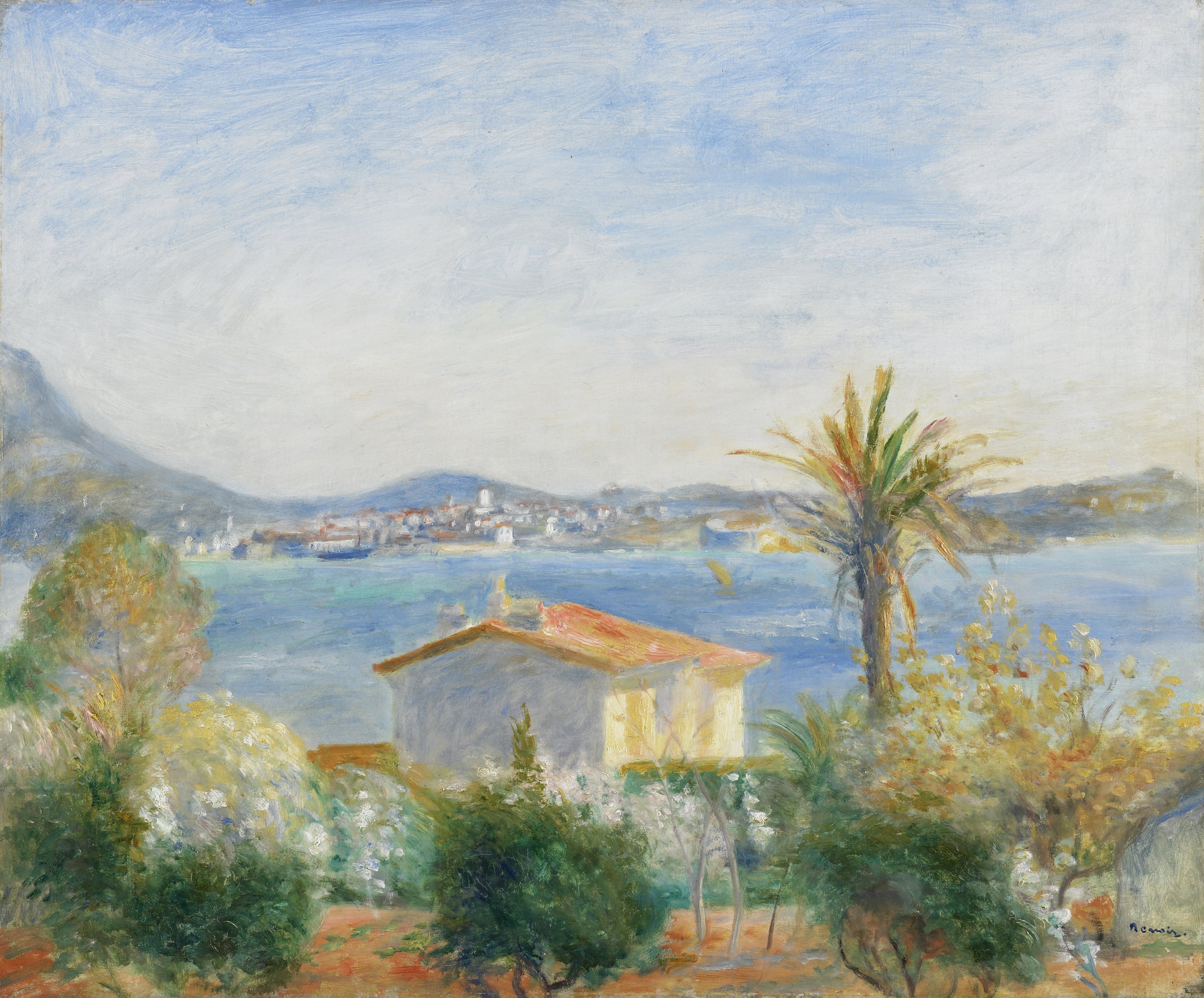Van Gogh had a particular attachment and sympathy for peasants and other working class people that was fueled in several ways.
He was particularly fond of the peasant genre work of Jean-François Millet and others.
He found the subjects noble and important in the development of modern art.
Van Gogh had seen the changing landscape in the Netherlands as industrialization encroached on once pastoral settings and the livelihoods of the working poor with little opportunity to change vocation.







